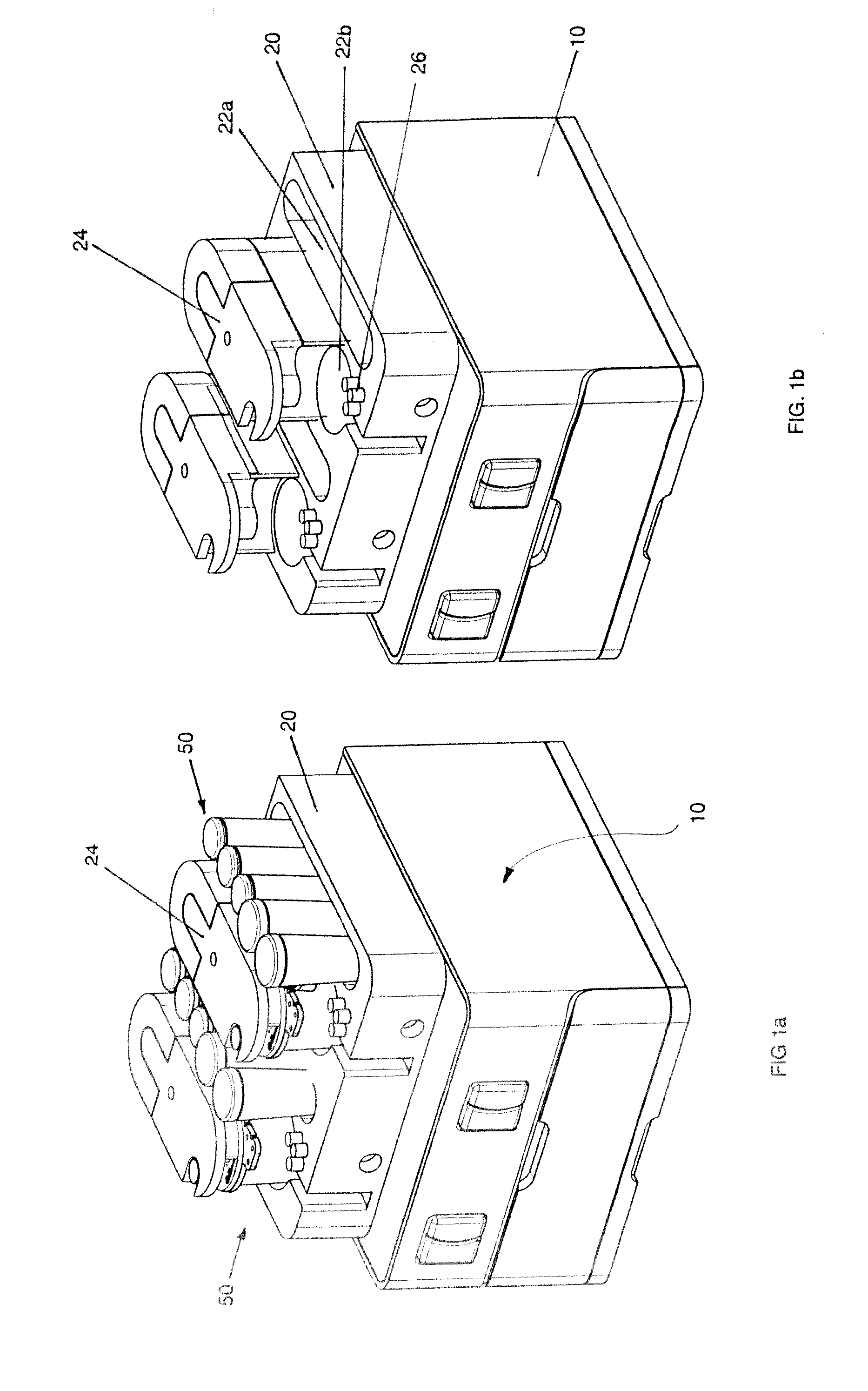Such issues become significant in very large bioreactors.
A major challenge facing companies manufacturing products in bioreactor systems is the optimisation of the conditions within a bioreactor for the production of a particular product.
Addressing this issue is not simple; there are many parameters to be controlled and the optimal approach may involve variations in these conditions over time.
However, it is impractical to explore the
impact of varying a range of parameters due to the lack of availability of equipment and the huge costs of operation.
At larger scales the cost rapidly becomes prohibitive.
Such issues prevent the application of modern statistical based experiment approaches to resolving the
impact of multiple parameter variation typically referred to as DOE (Design of Experiment), such approaches typically requiring tens of bioreactor experiments to have value.
A further issue faced is the difficulty of selecting cell lines early in development that are robust and productive in a stirred bioreactor environment.
Clearly, where high tens to hundreds of cell lines need to be screened, existing bioreactor systems are impractical.
A number of small-scale approach bioreactors have been tried, e.g. shaken multiwell plates and flasks, but these lack the ability to faithfully reproduce the conditions found in stirred, gassed systems with
closed loop control of culture parameters.
Whereas this simplifies the
system, the vessels not requiring individual stirrers, it does not produce accurate
simulation of production scale conditions, in which the contents are stirred; shaking does not replicate the shear forces induced in the vessel contents by stirring.
However, above a certain
cell density the production of
lactic acid by the cells can overwhelm the buffering capability of the media and the pH is maintained within the desired limits by the addition of doses of alkali solutions to combat the increasing acidity.
Some parameters are controlled through
closed loop sensing and response systems, others through sampling and off-line analysis due to the lack of appropriate on-line monitoring systems.
It is time-consuming and often manually complex for an operator to connect and disconnect the fluid conduits to the respective inlet / outlet ports so as to establish the multiple fluid pathways for the input of gases and / or nutrients and / or acid, base and anti-foaming agents into the bioreactor.
However, a drawback of this approach is that fluids can remain in the conduits of the clamp plate between experiment runs, risking
contamination of subsequent runs—particularly in the case of the
nutrient feed.
To perform the operation multiple times, on the various different lines of tubing needed to connect the multiple sources to the bioreactor can be complicated, time-consuming and relatively expensive.
Hence, the
pulsatile flow from peristaltic pumps, diaphragm pumps, and reciprocating
piston pumps is not ideal.
In summary, there is a range of challenges in the development and optimisation of bioreactor based manufacturing processes, including: i) general costs of operation of current systems, even that of small scale systems being prohibitive due to complexity of set-up, labour,
capital cost, equipment availability within facilities infrastructure required (
steam generation) and high costs of media components per
unit volume; ii) lack of directly applicable small-scale systems to model larger bioreactors; and iii) a lack of trained personnel driving the requirement for improved
throughput per trained employee.
 Login to View More
Login to View More  Login to View More
Login to View More 


